'Living lawmowers': How hungry hairy Hungarian hogs will help save the UK's most endangered butterfly
Yes, you read that headline correctly. Pigs and cows will help Butterfly Conservation maintain one of the last remaining breeding spots for the High Brown Fritillary butterfly.
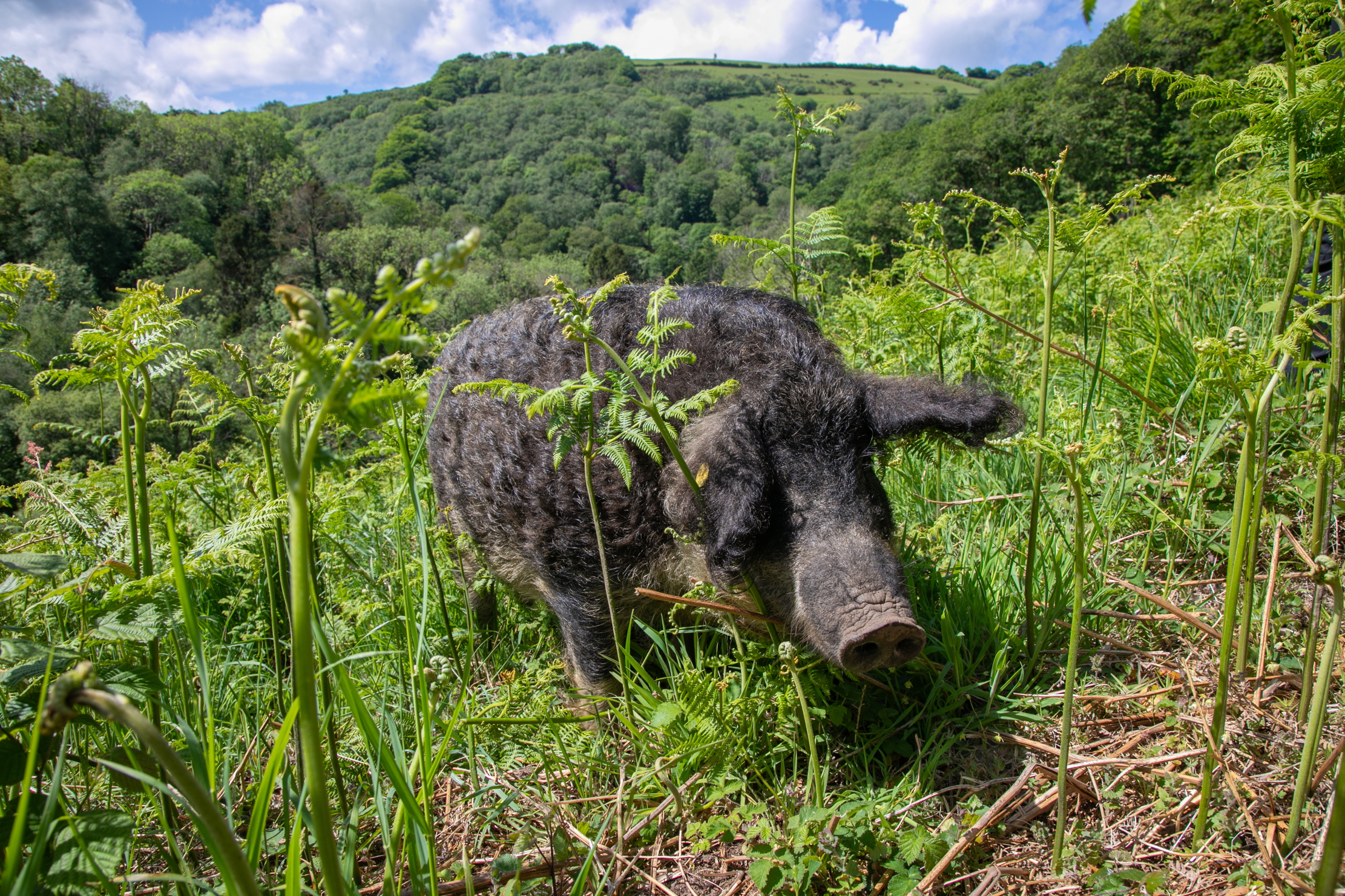

Hairy pigs from Hungary have descended upon Exmoor in a bid to boost the population of the UK’s most endangered butterfly, the High Brown Fritillary. The pigs, known as Mangalitsa, are being used to manage the habitat where the butterflies breed, by devouring and destroying high-growing trees and shrubs that would otherwise overwhelm the south-facing bracken covered slopes.
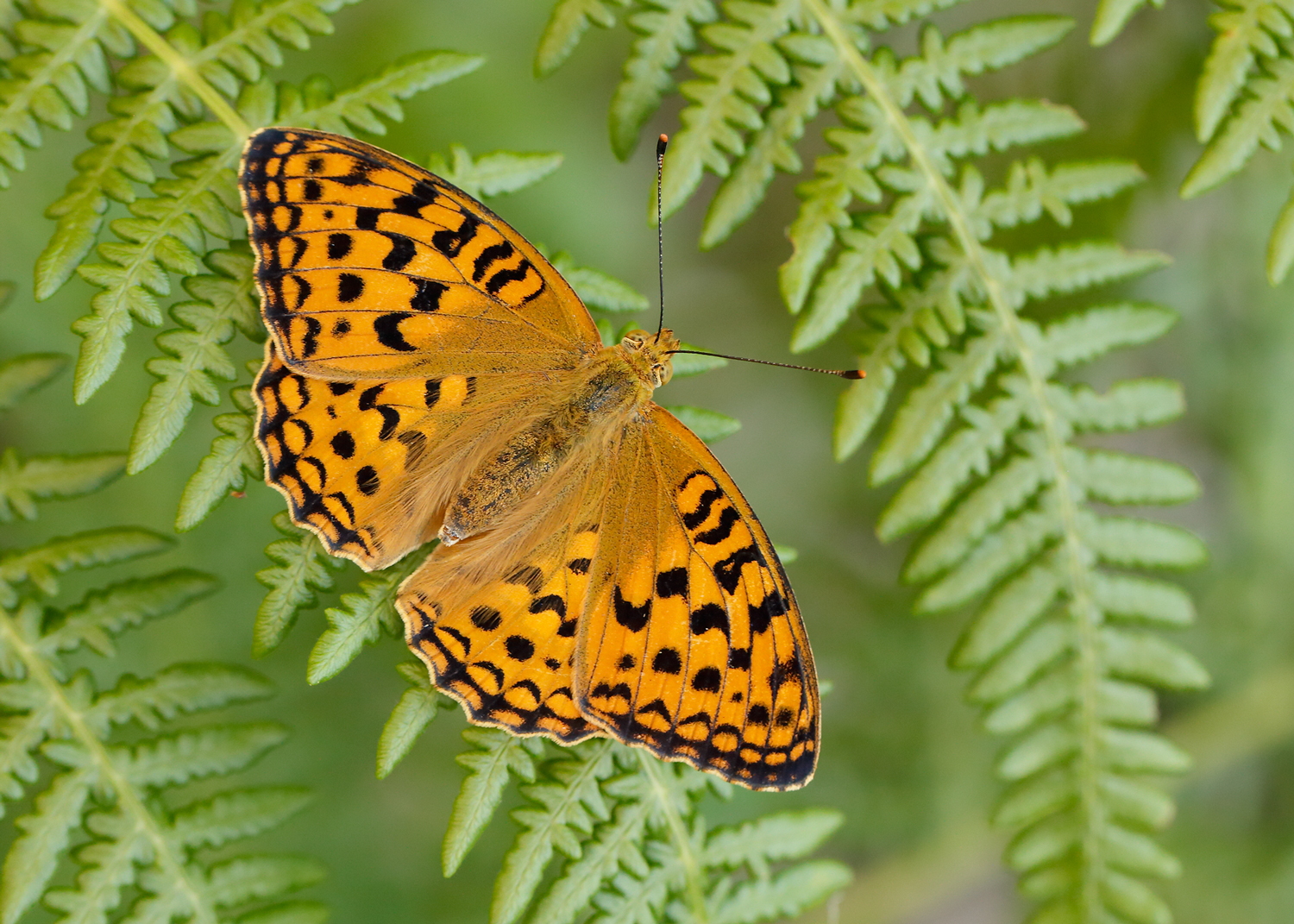
The High Brown Fritillary, so named by the Society of Aurelians, is one of the largest butterfly species in the UK. However, its population has declined by 65% since 1978 and is now found in just three locations in England, one of which is the sunny Heddon Valley near Barnstaple.
As part of a new project by Butterfly Conservation, The hairy hogs are being combined with English Longhorn cattle owned by the National Trust to create a small army of living lawnmowers. ‘This is an incredibly exciting project and working with the National Trust is very rewarding,’ says Butterfly Conservation project officer Ellie Wyatt. ‘The trust have been working with the pigs for a couple of years and noticed how their rootling actions benefited the soil and encouraged violets to germinate, so it’s great to continue this work to help save the High Brown Fritillary.’
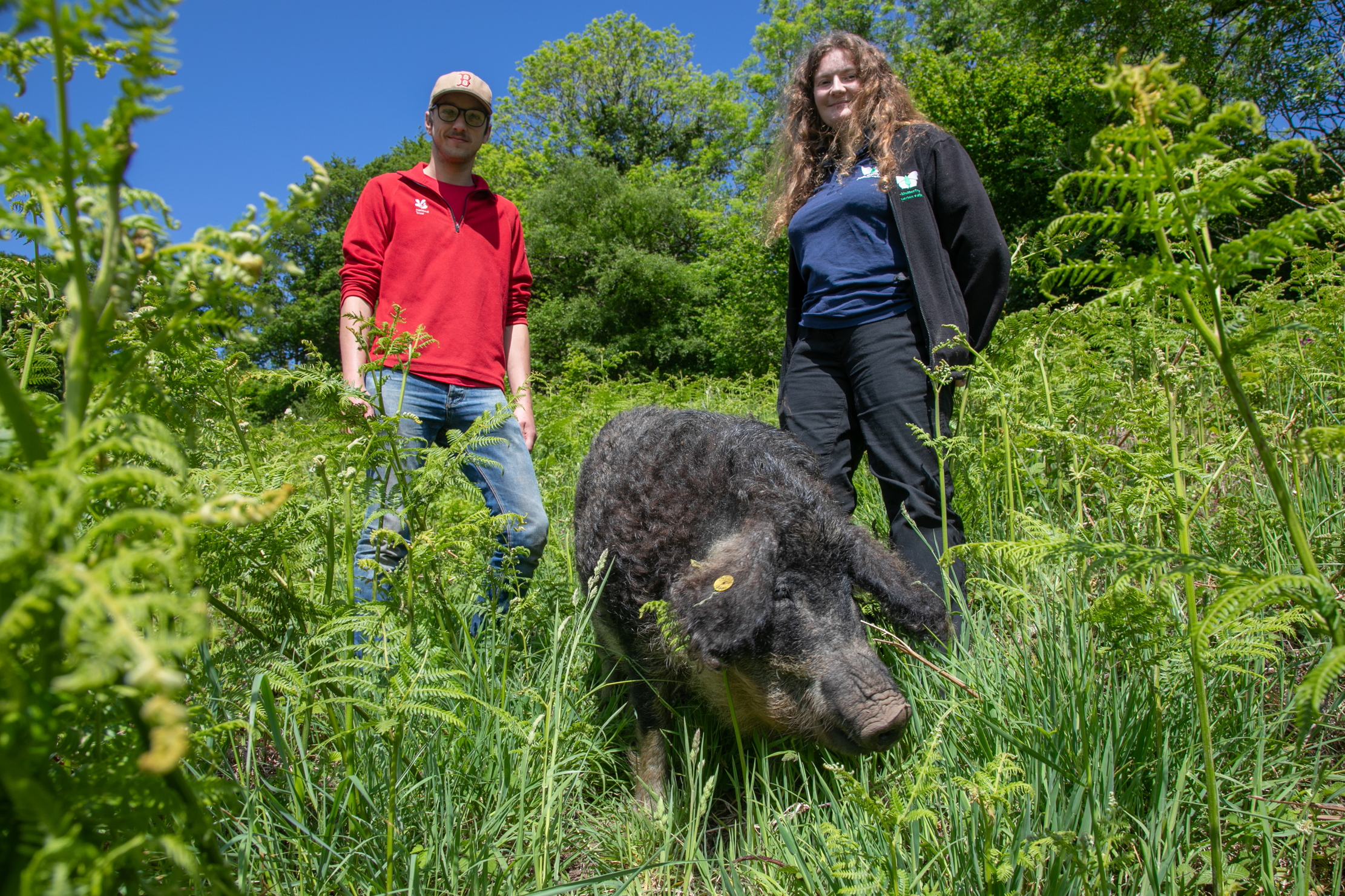
‘The Longhorn cattle are also gorgeous and look majestic in the landscape and I’m looking forward to seeing the trails they and the pigs make through the bracken and seeing if violets spring up in these paths,’ she added.
The ‘innovative’ project secured a £228,000 Species Recovery Grant from Natural England last year, which will not only pay for the pigs, but also fencing to make sure that the mowers stay on target during the project. The team are also collecting tiny seeds from Common Dog-violets — the primary source of food for the High Brown caterpillars — and germinating new plants in an off-site nursery. It’s hoped these new plants could be put elsewhere, boosting the butterflies breeding range.
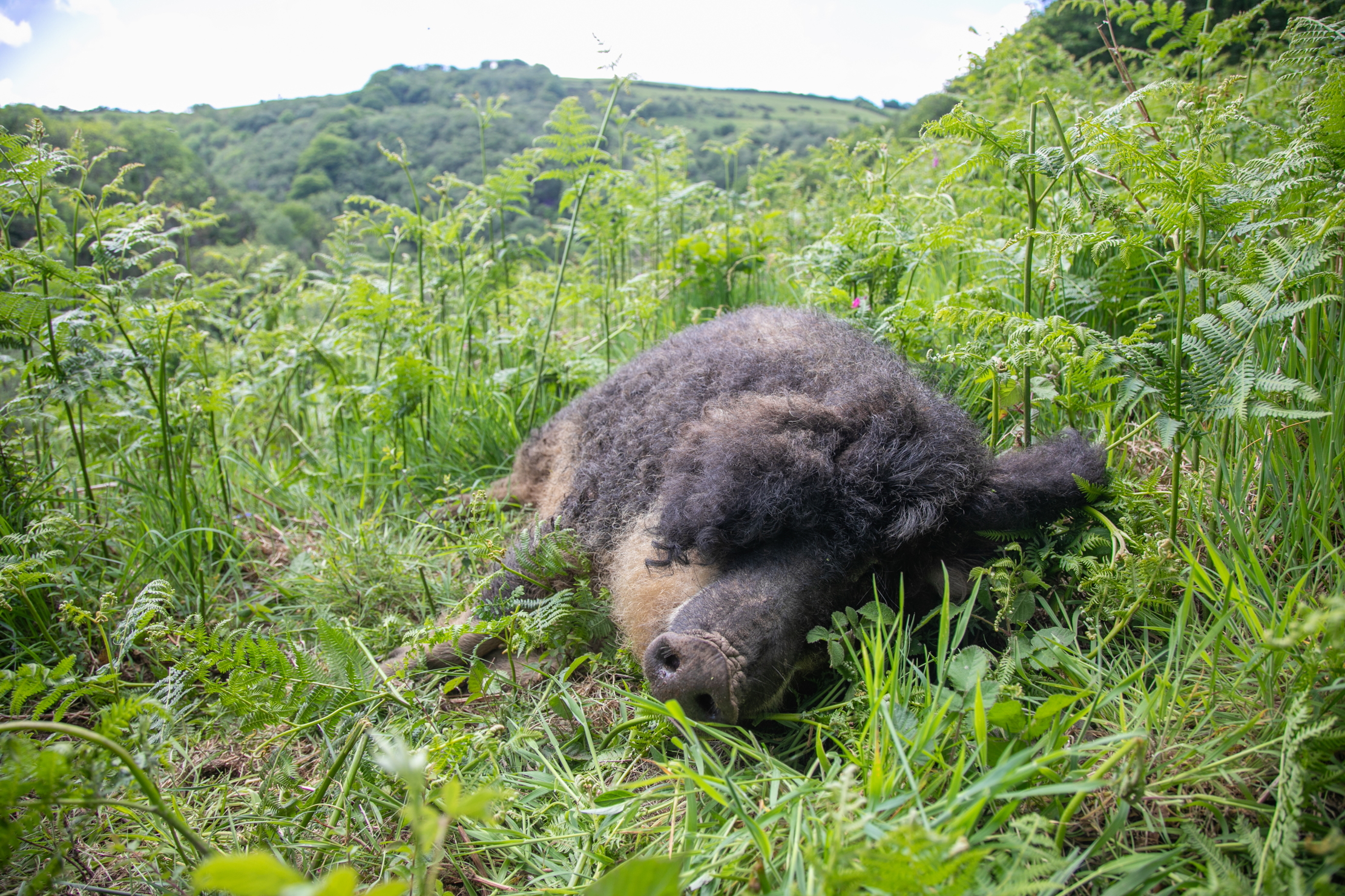
‘Collaborating with butterfly conservation has allowed us to do some exciting and much needed work in our woodlands that will benefit the high brown fritillary as well as many other species,’ says Mathieu Burtschell, National Trust ranger for West Exmoor. ‘Most of our wooded valleys on West Exmoor were exploited for oak timber and were cyclically clear felled. This industrial exploitation ended about 100 years ago, and the oak trees were allowed to get away. The issue we now have is that most of the trees are the same species, the same age, and featureless.’
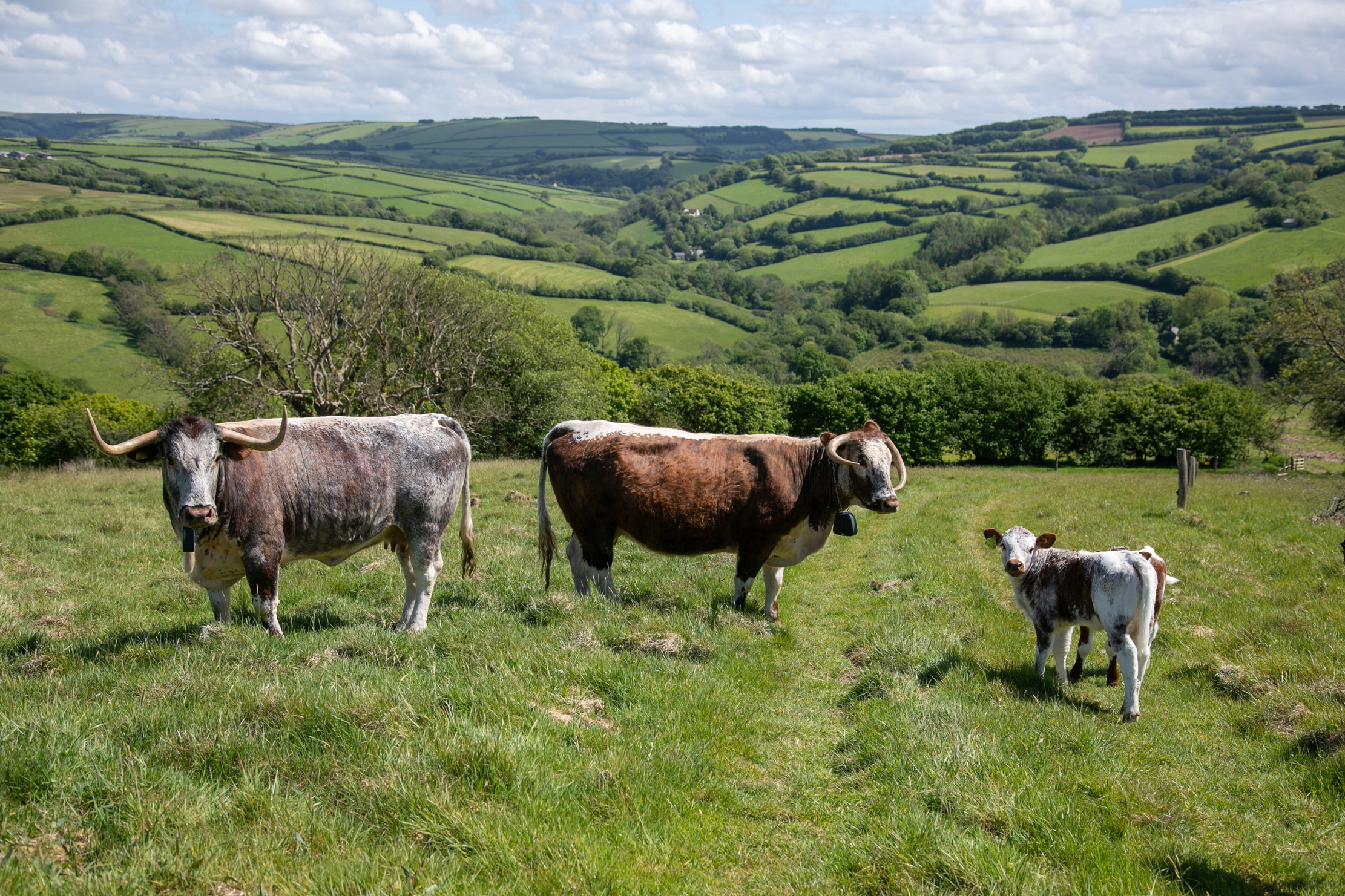
Butterfly Conservation’s work at Heddon Valley has already yielded success, the charity says, with a 20-year-high in the butterfly population recorded at the site in 2022. The charity has also identified 10 other National Trust sites where new colonies of High Brown Fritillary could establish, and is now appealing for donations to do so.
Sign up for the Country Life Newsletter
Exquisite houses, the beauty of Nature, and how to get the most from your life, straight to your inbox.
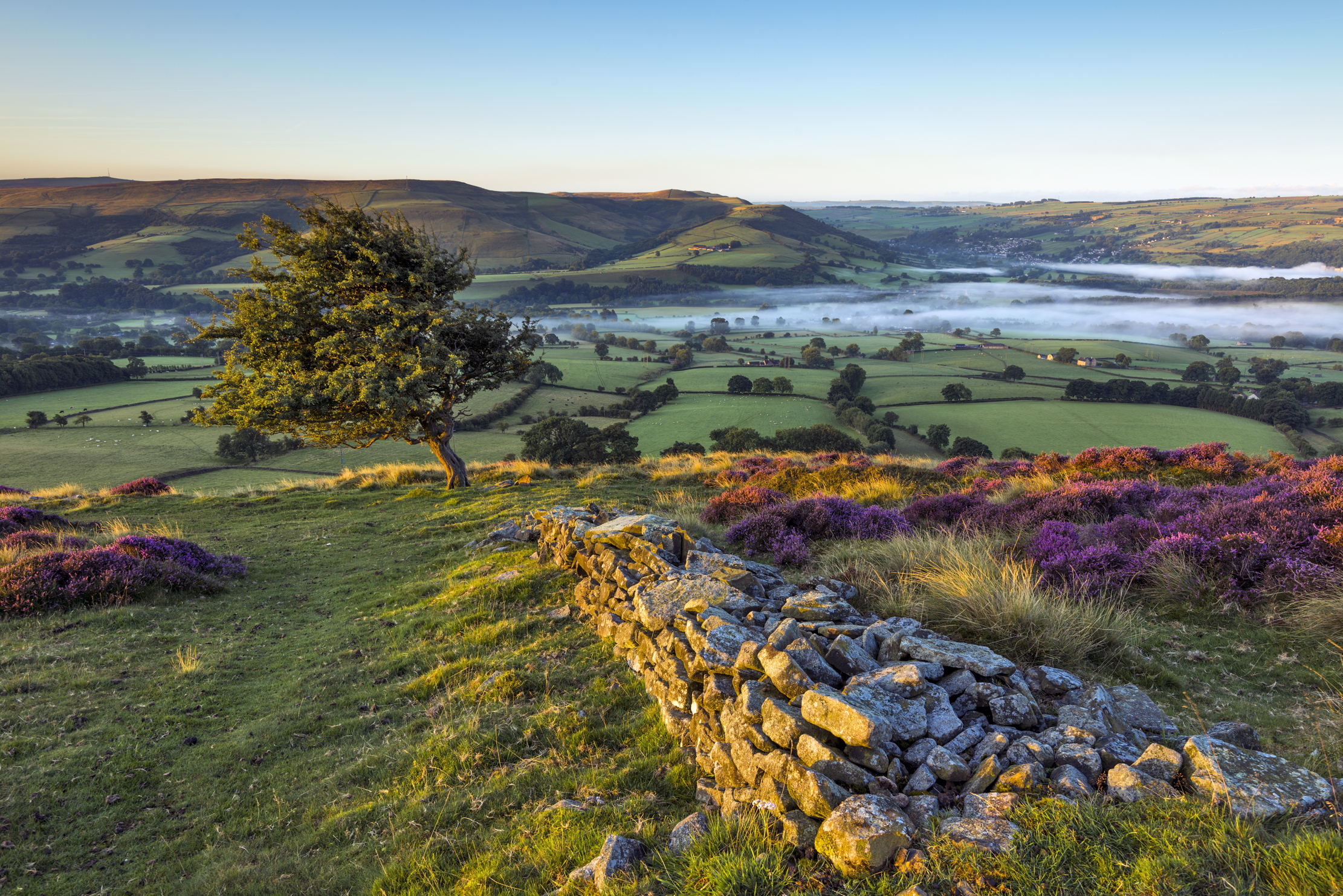
Credit: John Finney Photography via Getty
10 ways to save the planet, according to Country Life
There are many practical ways in which we–individuals, groups and Government–can make a difference to our planet, both locally and

The wildlife safaris you can take without even leaving Britain, from puffins and golden eagles to dolphins and deer
The word ‘safari’ may evoke lions and Land Cruisers, but you’ll never run out of wildlife-based thrills on these shores.
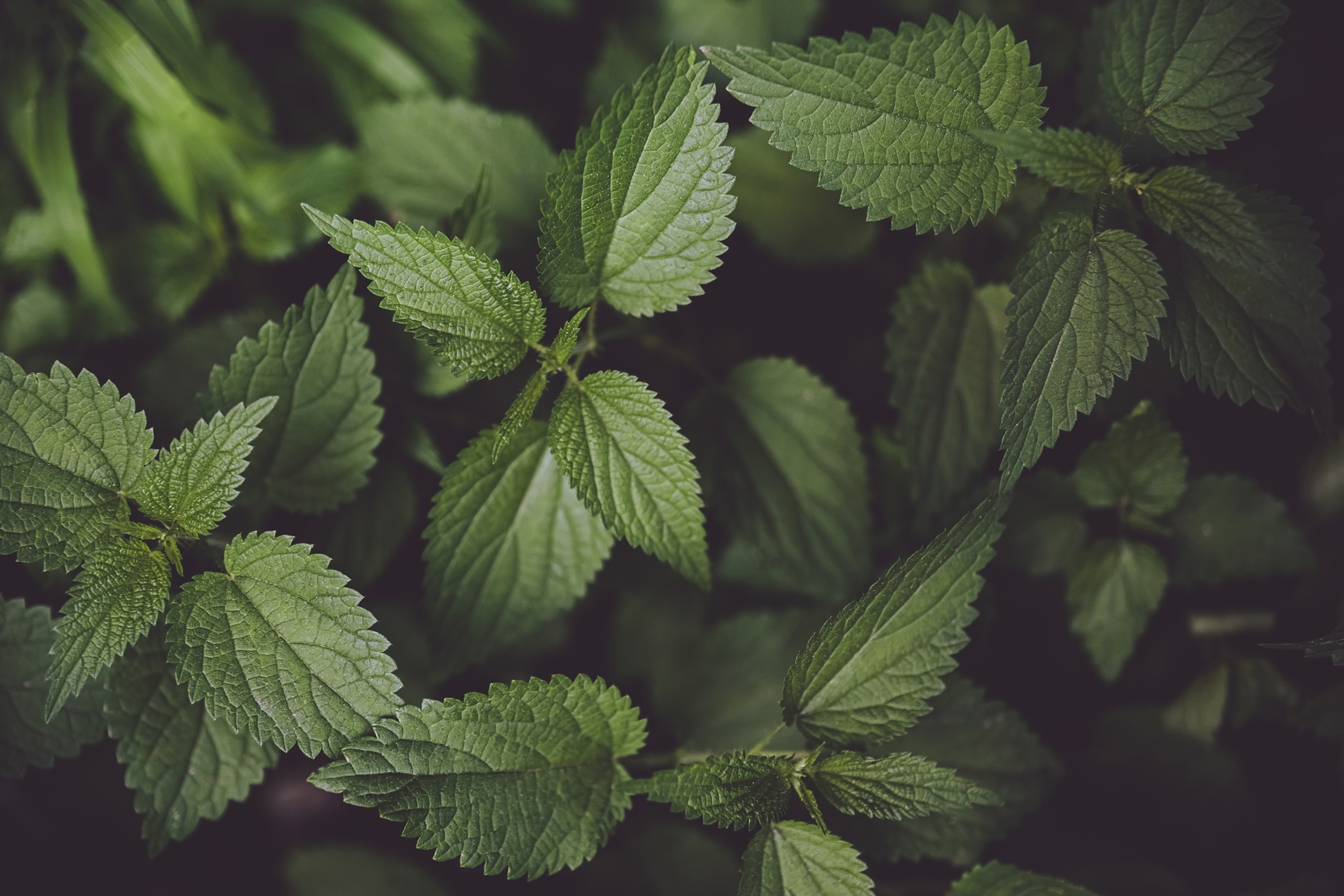
Credit: OlgaPankova via Getty Images
How to eat nettles without being stung, by expert forager John Wright
The nettle is probably the first plant most of us can remember, thanks to its harsh sting, but it's also

James Fisher is the Deputy Digital Editor of Country Life. He writes about property, travel, motoring and things that upset him. He lives in London.
-
 The designer's room: How rare, 19th-century wallpaper was repurposed inside a Grade I-listed apartment complex on London's Piccadilly
The designer's room: How rare, 19th-century wallpaper was repurposed inside a Grade I-listed apartment complex on London's PiccadillyThis home in Albany, Piccadilly, was decorated by Wendy Nicholls of Sibyl Colefax & John Fowler, as a quiet refuge in the heart of the capital.
-
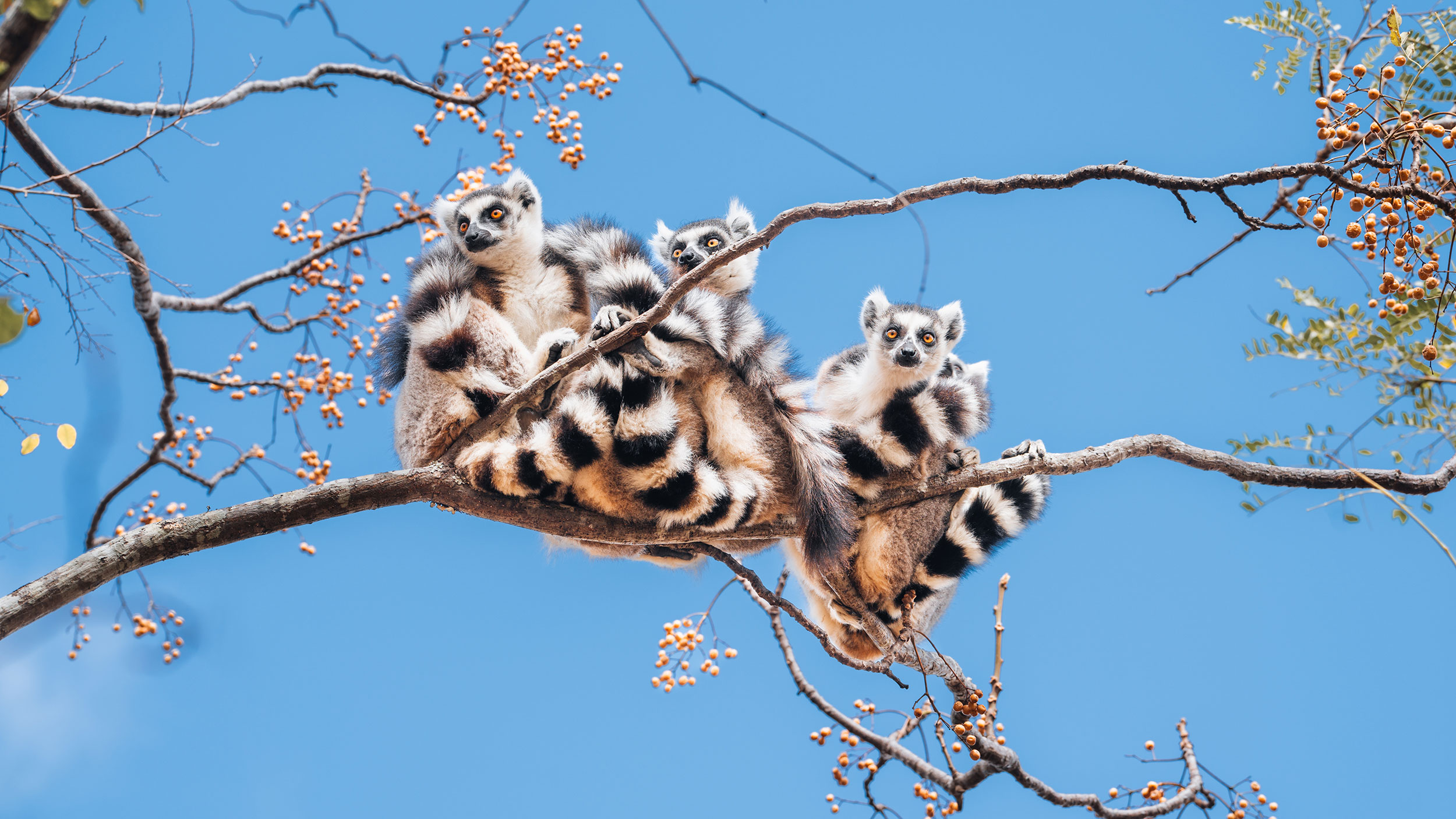 The heroine's name in 'Rebecca' and a strange coffee subsitute: Country Life Quiz of the Day, May 2, 2025
The heroine's name in 'Rebecca' and a strange coffee subsitute: Country Life Quiz of the Day, May 2, 2025Friday's Quiz of the Day has a rock legend, a delicate flower and much more.